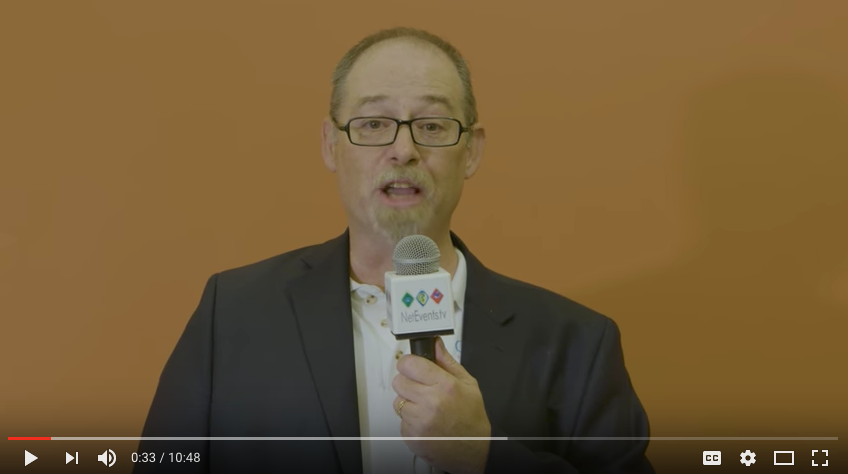Save yourself, save your corporate assets, by blocking spearphishing
Ping! chimes the email software. There are 15 new messages. One is from your boss, calling you by name, and telling him to give you feedback ASAP on a new budget for your department. There’s an attachment. You click on it. Hmm, the file appears to be corrupted. That’s weird. An email from the CEO suggests you read a newspaper article. You click the link, the browser seems to go somewhere else, and then redirects to the newspaper. You think nothing of it. However, you’ve been spearphished. Your computer is now infected by malware. And you have no idea that it even happened.
That’s the reality today: Innocent and unsuspecting people are being fooled by malicious emails. Some of them are obvious spammy-sorts of messages that nearly people would delete — but a few folks will click the link or open the attachment anyway. That’s phishing. More dangerous are spearphishing message targeting individuals in your organization, customized to make the email look legitimate. It’s crafted from a real executive’s name and forged return address, with details that match your company, your family, your job, your personal interests. There’s the hook… there’s the worm… got you! And another computer is infected with malware, or another user was tricked into providing account names, passwords, bank account information or worse.
Phishing and spearphishing are the delivery method of choice for identity theft and corporate espionage. If the user falls for the malicious message, the user’s computer is potentially compromised – and can be encrypted and held for ransom (ransomware), turned into a member of a botnet, or used to gain a foothold on a corporate network to steal intellectual property.
Yet we’ve had email for decades. Why is phishing still a problem? What does the worst-case scenario look like? Why can’t training solve the problem? What can we do about it?
Read my story for NetEvents, “Blunting the Tip of the Spear by Blocking Phishing and Spearphishing.” It’s a long-form feature – quite in depth.
Also watch a video that I recorded on the same subject. Yes, it’s Alan on a video!




